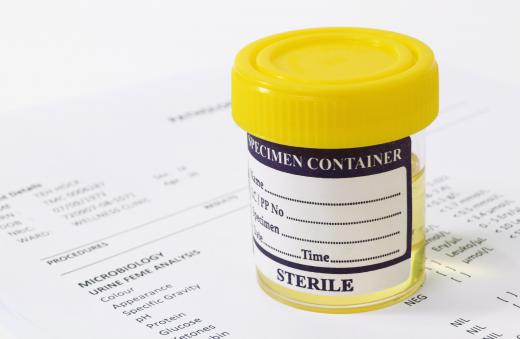What Is Arsenic?
Arsenic, chemical symbol As, is a metalloid solid. Its atomic number is 33, with an atomic weight of 74.92. In its standard state, it is very brittle and crystalline; it also sublimates (changes directly from a solid to a gas) when heated.
That's the scientific side of arsenic, but what really makes the element a household name is the fact that it's poisonous. From the movie Arsenic and Old Lace to the latest TV crime drama, this element has been the poison of choice for many a fictional criminal.

In real life, though, arsenic poisoning mainly comes from environmental causes. Contaminated air, food and water can all be a source of ingestion. It is also possible to ingest this poison when living near improperly controlled toxic waste sites and in regions where rocks contain a high arsenic concentration. Pressure treated wood may also include this element and can release it through sawdust or when burned.

Even at levels low enough to not be toxic, arsenic has unpleasant side effects. Breathing it may cause lung and throat irritation, while ingesting a smaller amount can cause nausea, vomiting and blood problems. Exposure to low levels over a longer period of time can cause darkened skin and wart-like marks.
If a person suspects that he or she has been exposed to arsenic, there are a few tests that medical professionals can perform. If a person can get tested within a few days of the potential exposure, then a urine sample will be the best indicator of the poison in the person's system. Over a longer period of six to 12 months, healthcare providers can examine the hair and nails for indicators of high levels of arsenic.
Despite its bad reputation, arsenic does have some innocent uses, such as preserving wood and bronzing. It can also be found as a component in pyrotechnics.
AS FEATURED ON:
AS FEATURED ON:


















Discussion Comments
No, boiling kills bacteria, viruses and parasites. To remove chemical contaminants like arsenic, you need a filter.
if you're using water from your sink and boiling the water does that help?
Post your comments